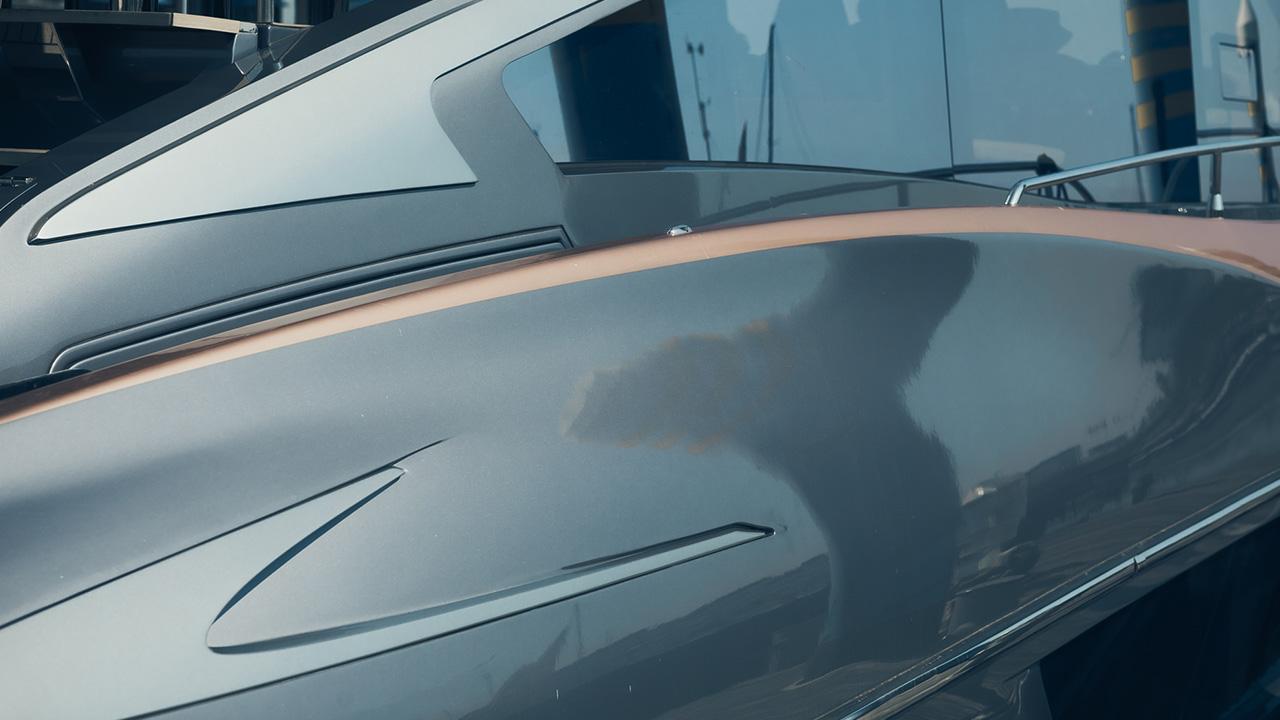
At Toyota, the creative process extends beyond mere car design. To uncover the full story, we decided to speak directly to the designers themselves.
A boat design that only car designers could conceive
Here we have the LY650, a yacht with a daring 65-foot (19.8 meter) length, designed with the aim of being the epitome of luxury at sea.
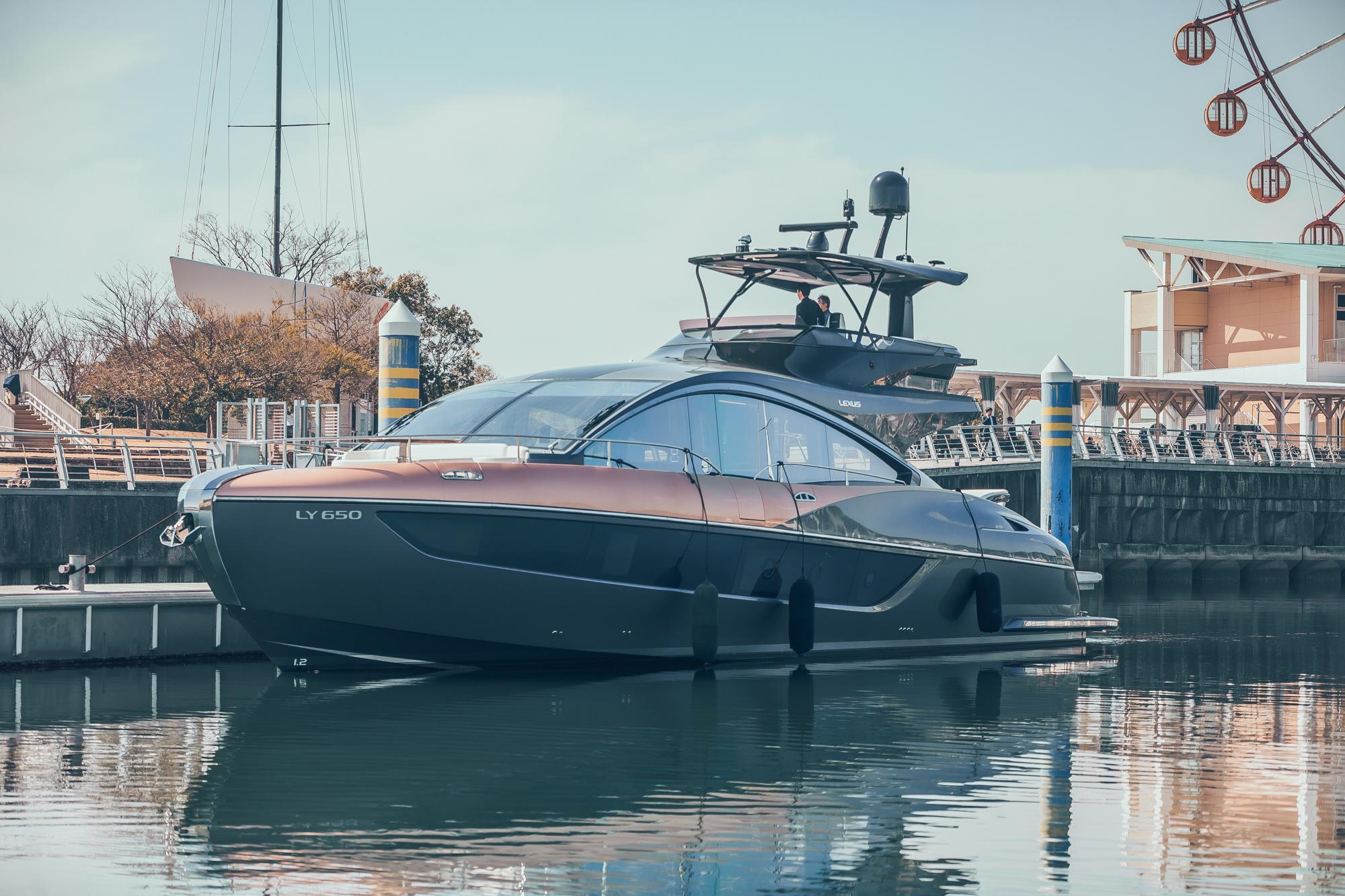
The sight of it floating gives the impression of a gigantic coupe on water, especially when one looks at the side design that mirrors the coupe's style.
Iwata
We consciously sought to create a striking first impression from the perspective of someone viewing it from the dock.
While applying the techniques of creating emotionally captivating car designs, Iwata envisions that the insights from yacht design will, in time, feed back into their car designs.
In this new venture, Toyota designers are uncovering an array of distinct viewpoints that stem from their car-making roots, such as how to stir excitement. For instance, take the design of the cabin—a space that could well be considered a feat of architecture.
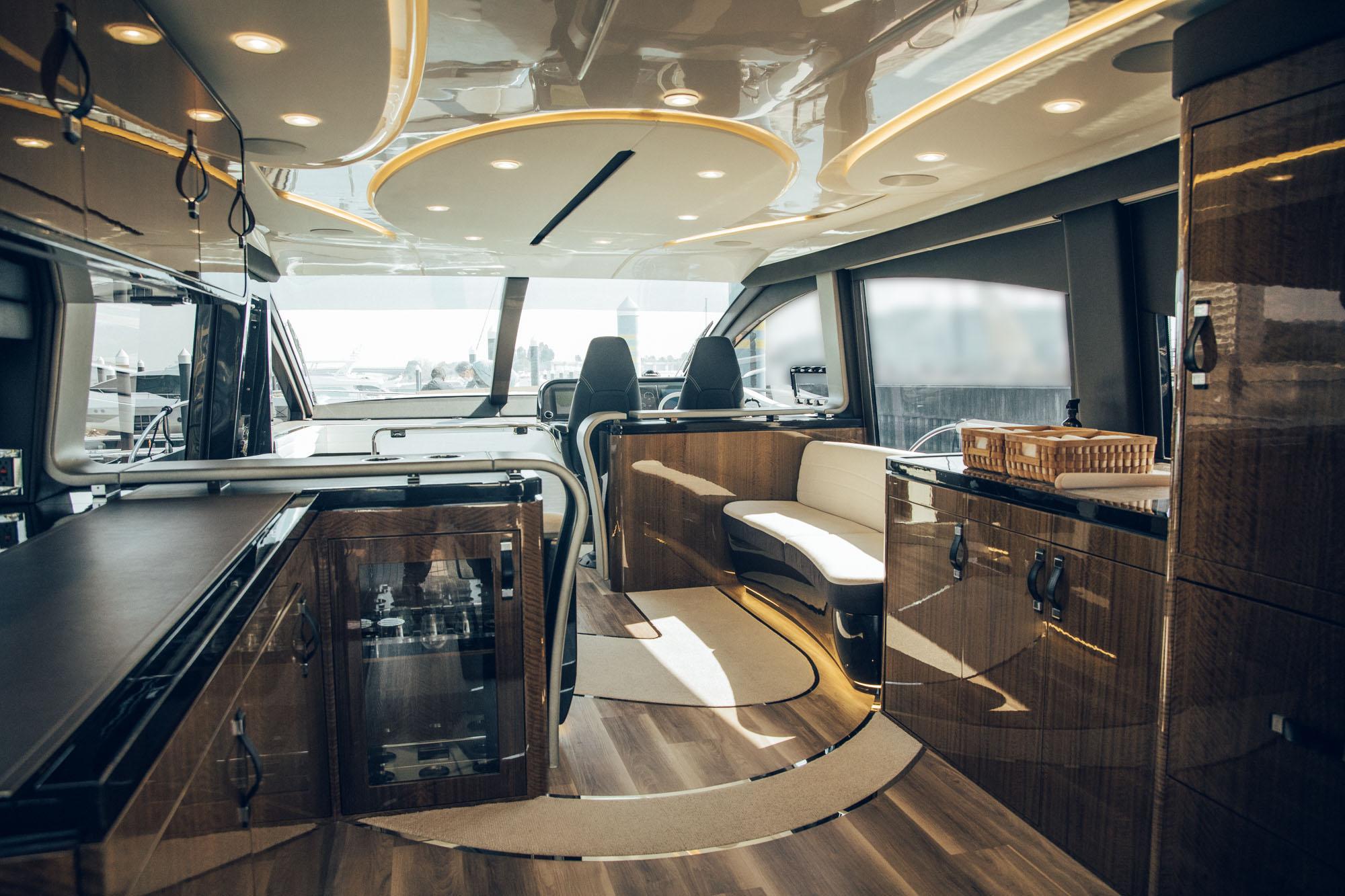
In pursuit of crafting an extraordinary experience, careful attention has been given not only to color but also to the contrast of materials, which can be felt by touch. For example, the door handles are made of leather.
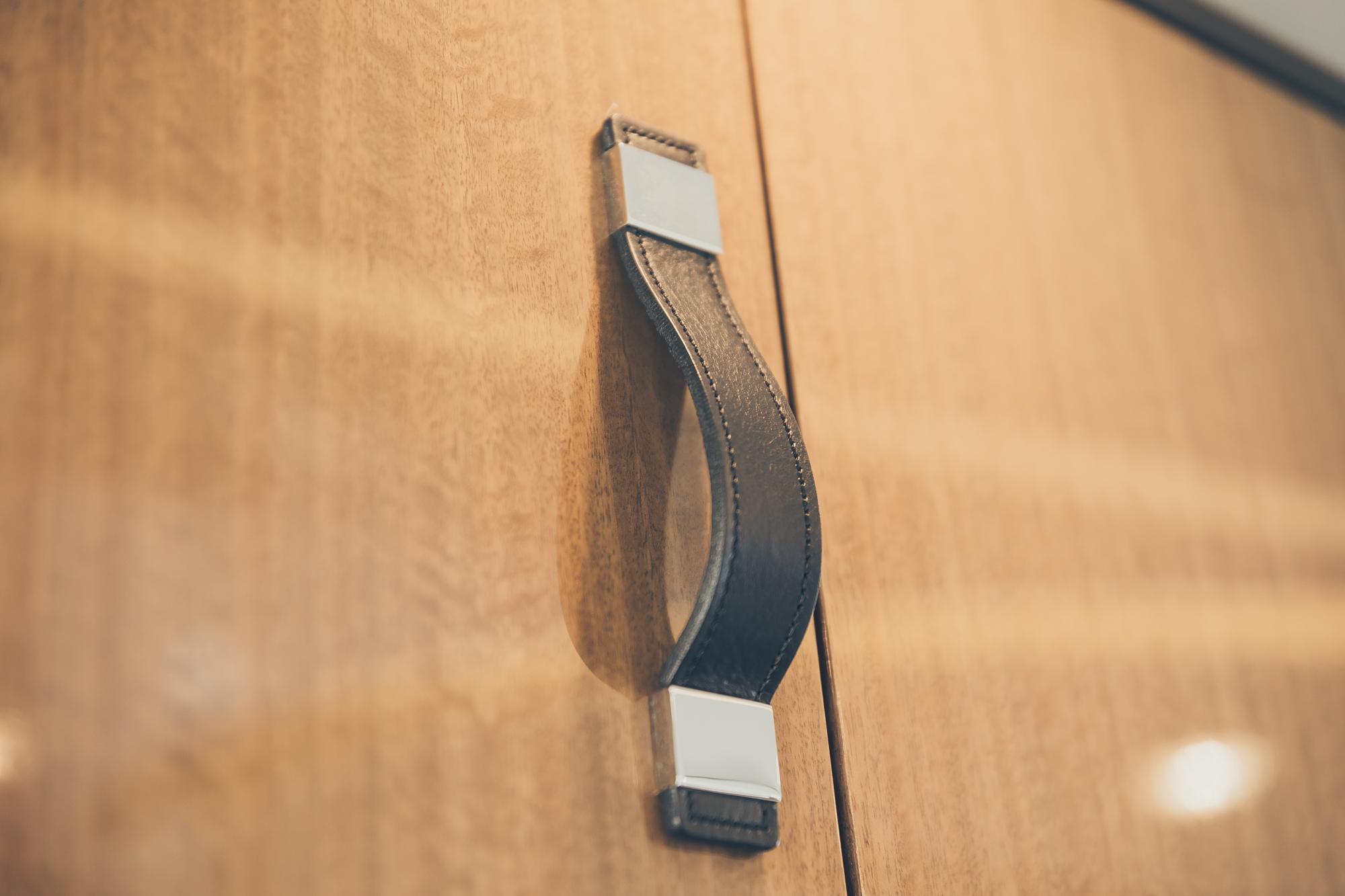
"Attention to detail in the choice of materials can reveal the designer's taste. That's where the sense of fulfillment lies," says Kanamaru. With yacht design, there is a broader scope for creativity compared to cars, a fact that brings him joy.
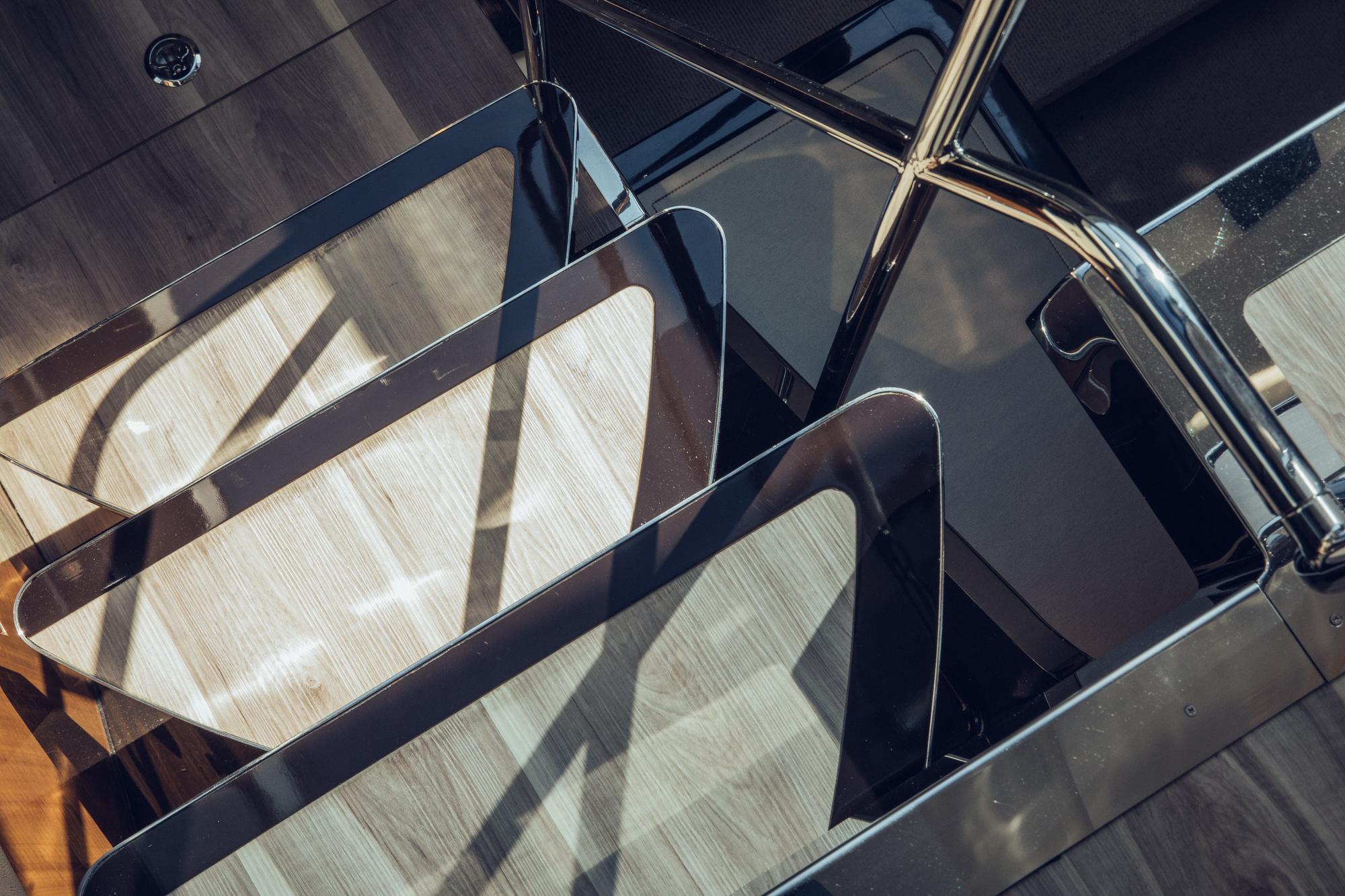
Embodying Toyota's multipurpose philosophy
Kanamaru
At Toyota, we value the development of products that can be enjoyed by a wide variety of customers. This applies to our boats as well. While many boats in Japan are primarily designed for fishing, we, in the same vein as our approach to car manufacturing, focus on a multipurpose design—creating boats that can accommodate a range of activities.
Indeed, Toyota's PONAM-31 is a prime example of this concept of Fun to Drive on the sea. Starting with an aluminum hull, the boat includes numerous features to enhance comfort and convenience during cruising, such as a rear deck fitted with a sofa that comes furnished with drink holders and a shade-providing tarpaulin.
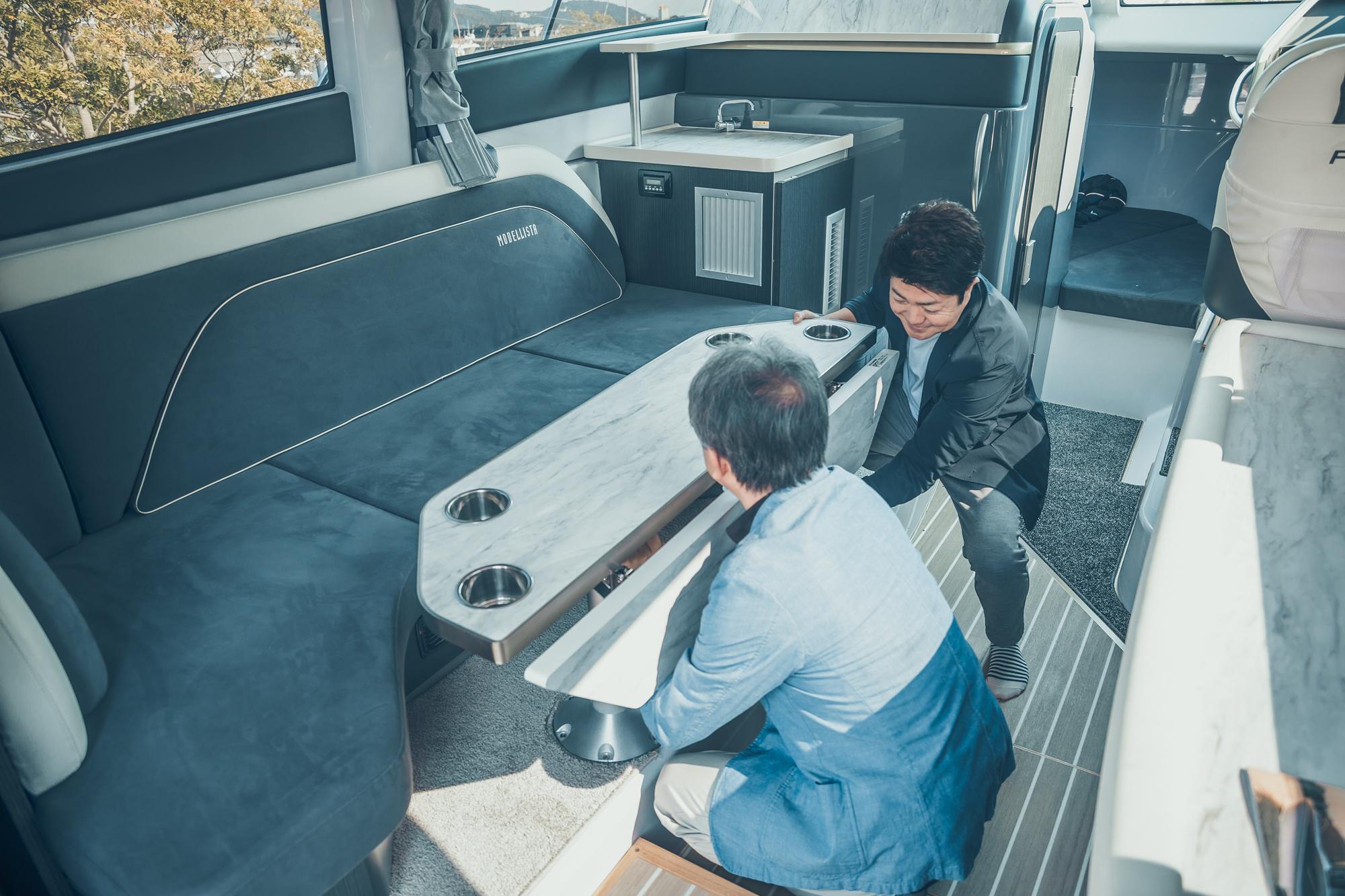
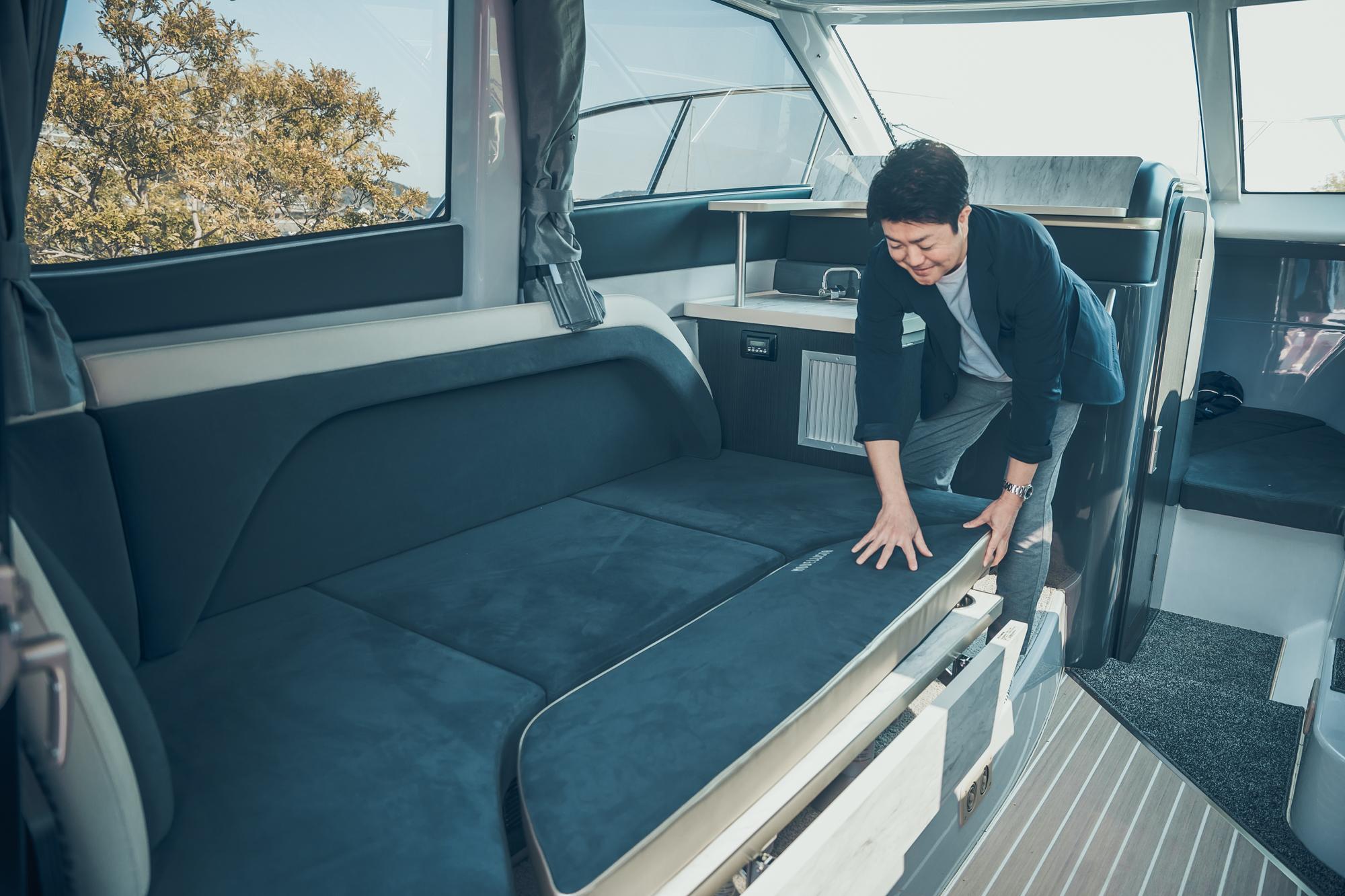
Moreover, the design considers the needs of fishing enthusiasts, providing an open upper space on the rear deck for unrestricted movement of fishing rods.
The Lexus LY650 takes it a step further, creating a unique space that caters to the whims and wishes of everyone—from the driver, invited guests, and hospitable hosts, to fishing lovers, children in awe of the sea, and vacationers.
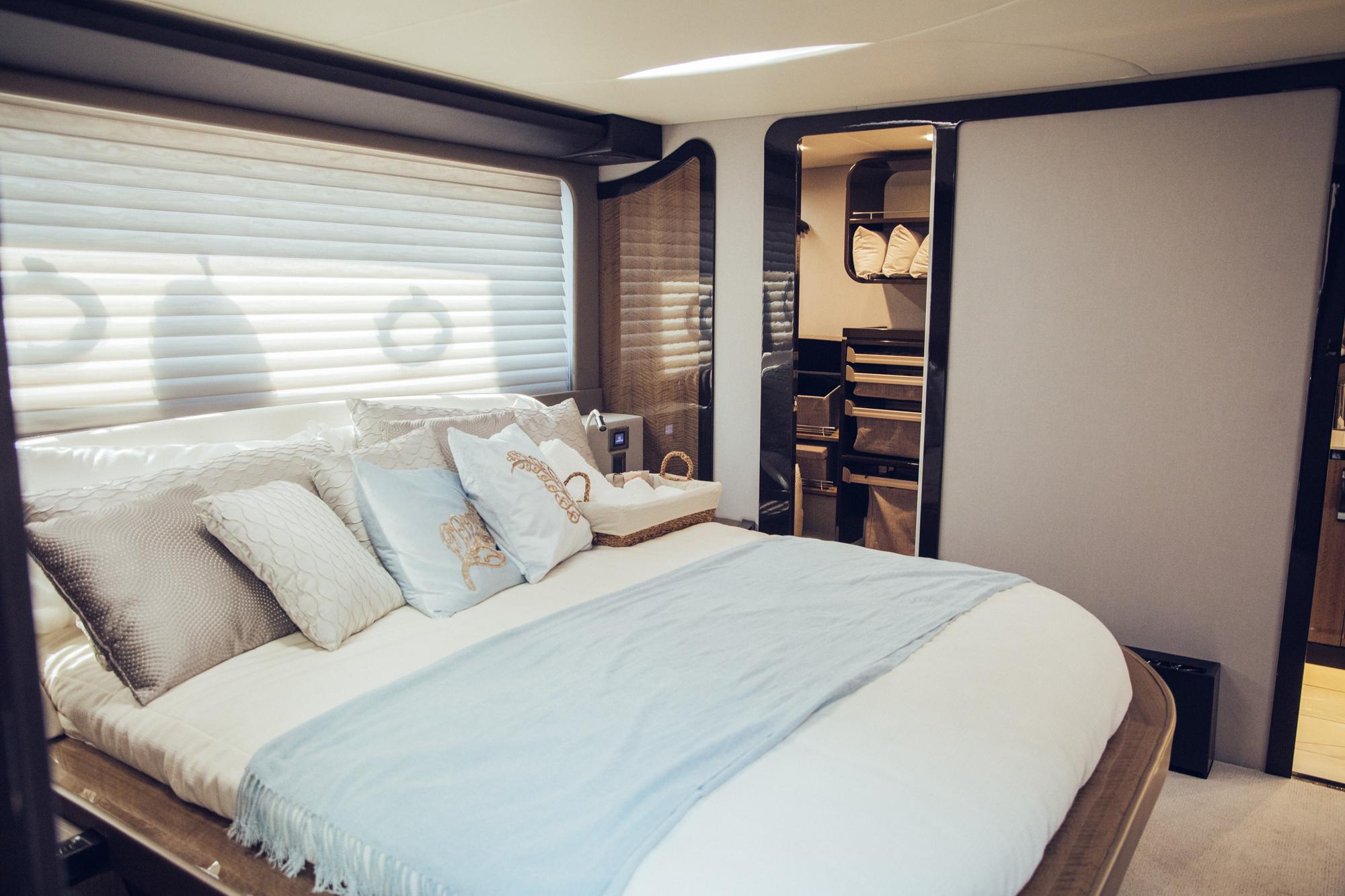
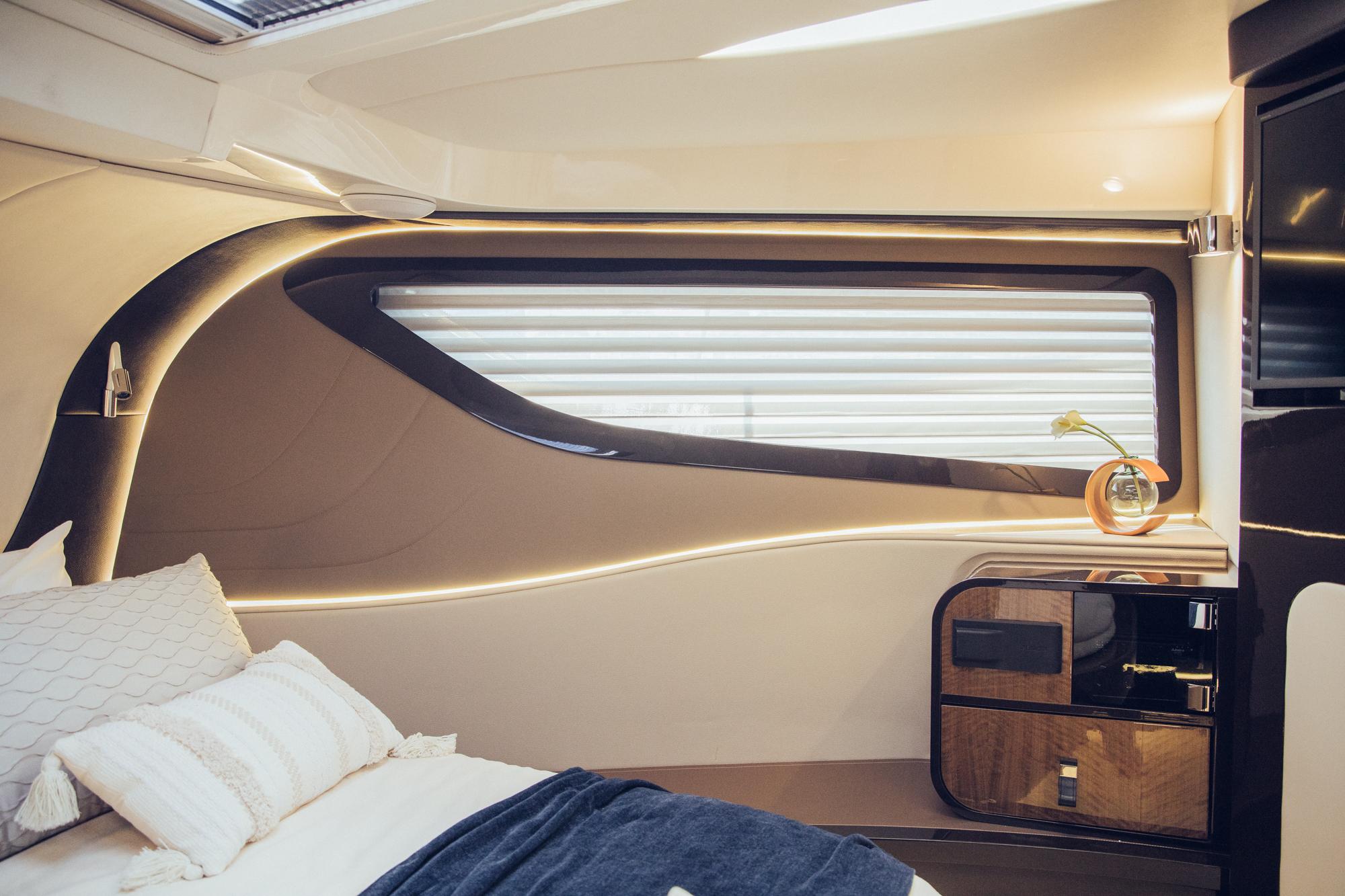
Harnessing the strength of the automotive industry for boat design
Boat design undoubtedly comes with its unique knowledge and technical challenges, perhaps more so than designing cars. In this setting, collaborating companies and the Marine Business Department, which handles everything from planning to development, production, sales, and service, become indispensable allies.
Kanamaru
Boats are in constant exposure to unforgiving elements like UV rays, water, and salt. On top of that, their interiors need to fulfill a myriad of uses. Selecting the right materials under such stringent conditions can be incredibly challenging.
To overcome this, we work as a unified team with the Marine Business Department and our automotive manufacturing partners. This close-knit collaboration fosters a deep rapport between our designers and engineers.
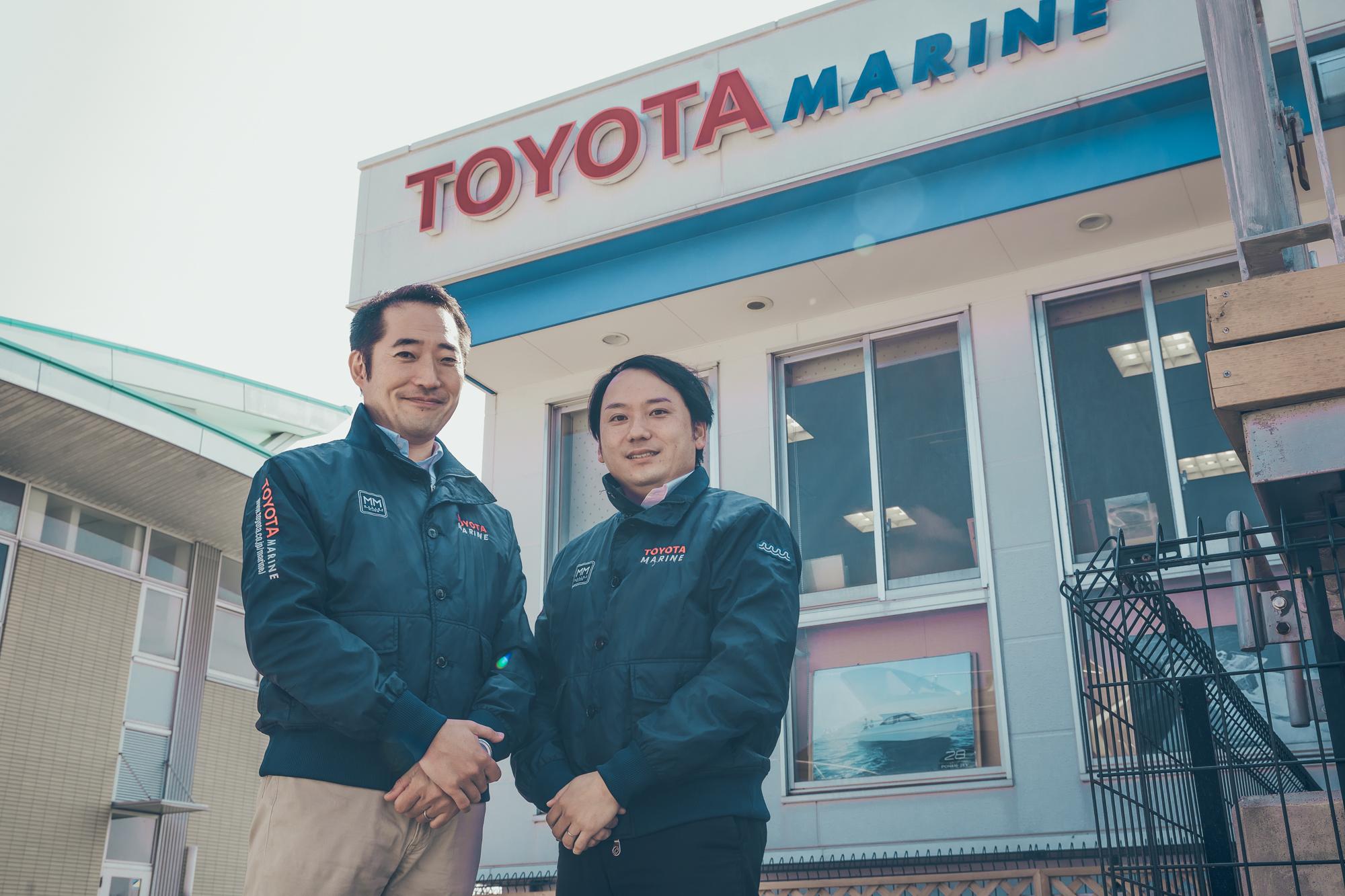
The Toyota Mobility Concept unveiled in April includes the expansion of mobility into new realms (dubbed Mobility 2.0). Toyota's philosophy extends beyond cars, offering the freedom and joy of mobility across land, sea, and air for all. Even in the realm of maritime design, the Toyota ethos remains consistent.

